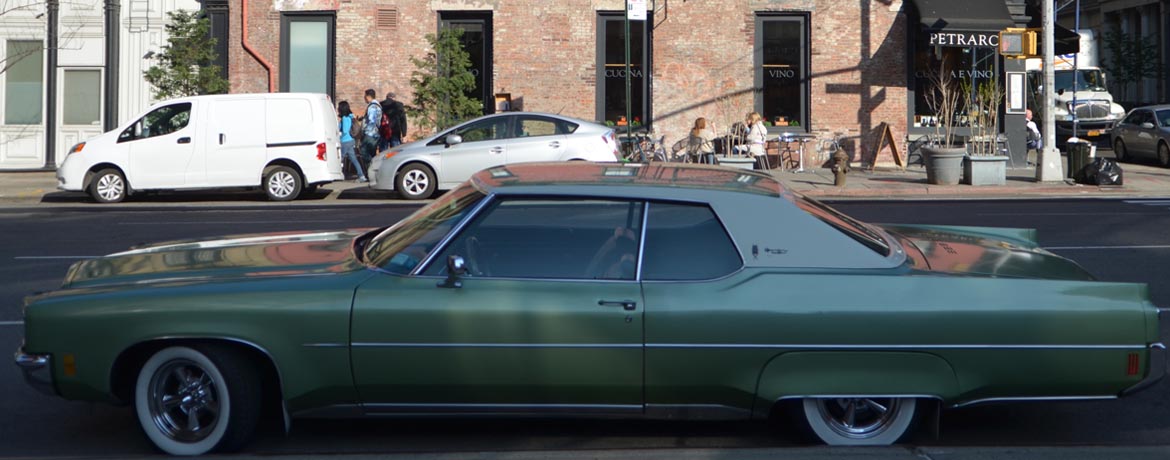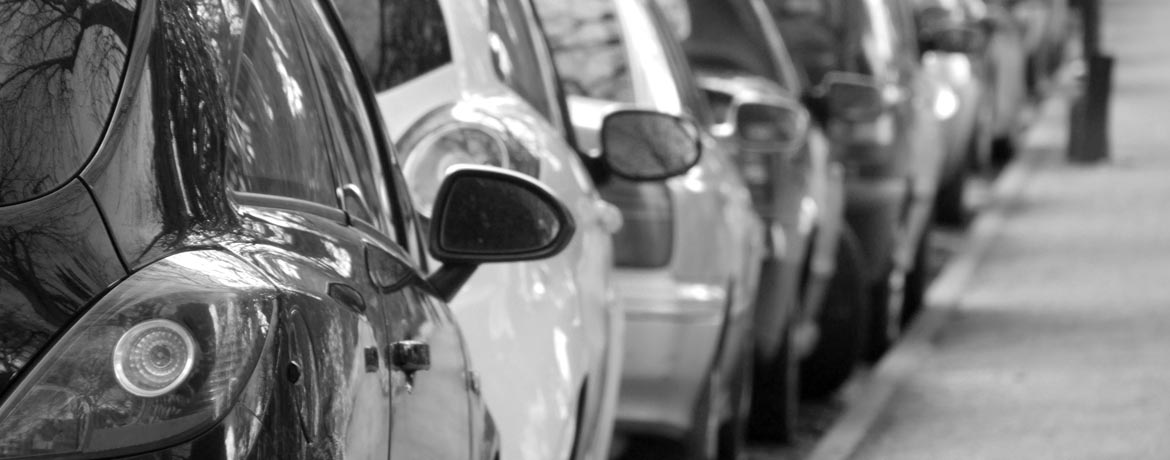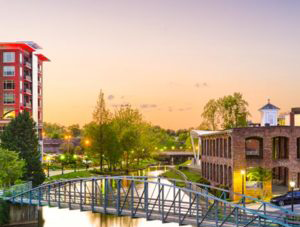If you’ve ever left your car downtown for hours as you shopped and dined, you owe that convenience to New Urbanism.
With circling for parking accounting for at least 30 percent of urban traffic, the minds behind New Urbanism developed this approach to increase parking availability and reduce pollution while considering a city’s planning, architectural and revenue needs. New Urbanism proponents have suggested a broad range of solutions, including the elimination of minimum parking requirements, metered street parking and the placement of shared, off-street parking structures.
Buffalo, N.Y. is fully embracing some of these recommendations. Just this year, it became the first major American city to entirely eliminate minimum parking requirements; other cities have only done so in specific neighborhoods. With these requirements scratched, storefronts and restaurants in this 258,000-person town are no longer forced to maintain their own distinct parking areas, which often separate them from the sidewalk, and consequentially from potential pedestrian customers. Jointly shared parking facilities, which arise in place of the abandoned parking setups, encourage drivers to park their cars in one location for the day rather than moving to each new business’s lot; this vastly increases the number of storefronts that drivers stop into, increasing revenue for many nearby businesses.
There’s a catch, though: removing minimum parking requirements can increase drivers’ demand for street-side parking and nearby, public parking facilities, both of which don’t immediately seem to offer plentiful parking availability.
New Urbanism solutions can optimize parking systems

Cities built with mostly curbside parking are notorious for frustrating drivers with an apparent lack of open parking spaces. New Urbanism suggests that cities determine the exact amount of curbside spots that ensures one or two constantly remain open, even if the illusion of scarcity remains in effect. Simultaneously, parking decks can be built to offer drivers more availability, but they can often be eyesores and an imperfect use of space.
What’s more, both cities and drivers want solutions offering them a space to park for an entire day’s worth of activity, one that’s convenient for the driver’s full day of errands and activities as described above. A balance among metered street parking, off-street parking decks, and a “park once” system is needed. Technologies such as parking guidance systems are among the potential solutions to help decrease the burden of crowded parking decks.
How New Urbanism addresses off-street parking

New Urbanism advises city planners to ensure that an optimal number of parking spots remain open, but how do parking decks play into the picture? To ensure a parking facility is used no matter the price or availability of curbside parking, New Urbanism advocates for parking decks to be built into spaces that can be used for offices and residences. An office or apartment building with a parking structure built into its base reduces the potential eyesore of an undecorated parking structure, all while stimulating the local economy and even increasing the use of the parking facility, since residents or workers will occupy its spaces as well.
Some businesses nevertheless opt to build their own off-street parking setups; as a response, some cities have implemented tougher regulations around doing so. For instance, after Mountain View, CA eliminated its minimum parking requirements, it established transportation demand management regulations that require a business to accurately determine the number of vehicle trips it expects in a certain time period. For businesses, this effort is costly and time-consuming, so these sorts of regulations indirectly push communities towards commonly usable parking structures, which achieve the city’s intended goal of raising funds for municipal projects.
The prospects of New Urbanism may seem like solutions of the future, but next time you’re out on the town, you might just notice that its results are already all around you.

